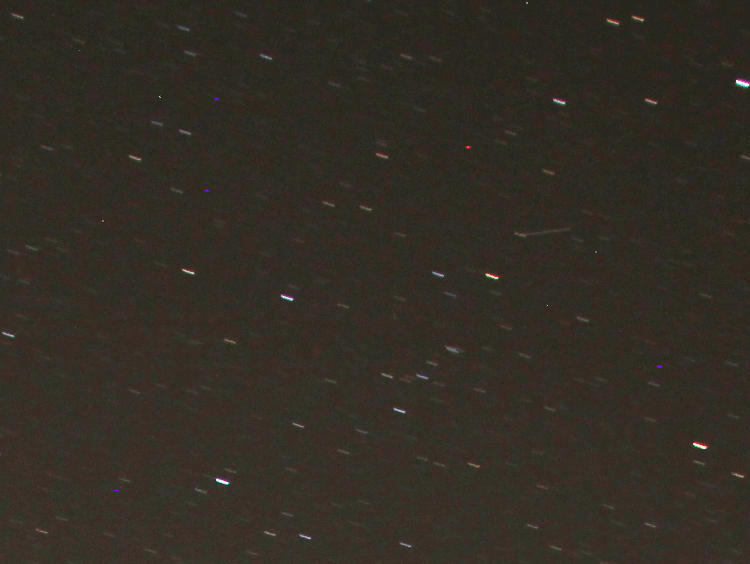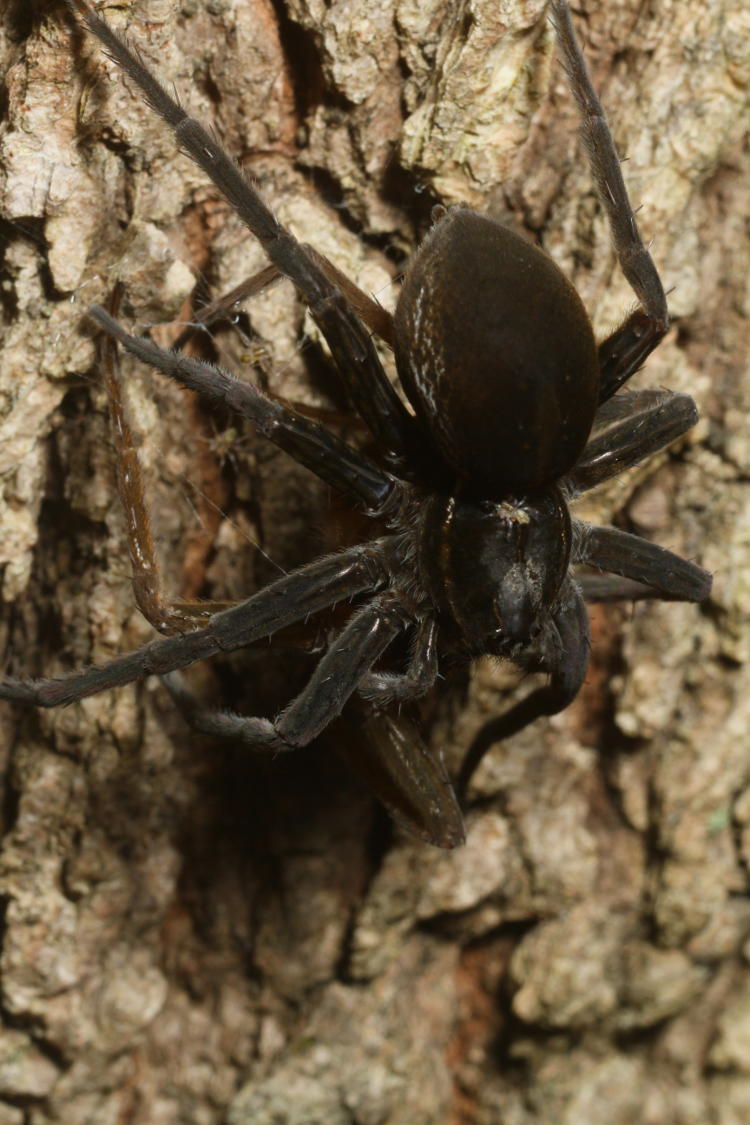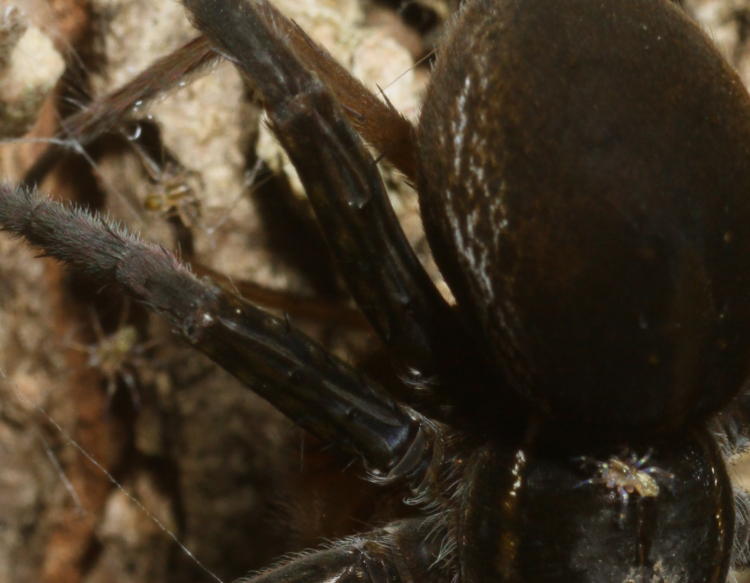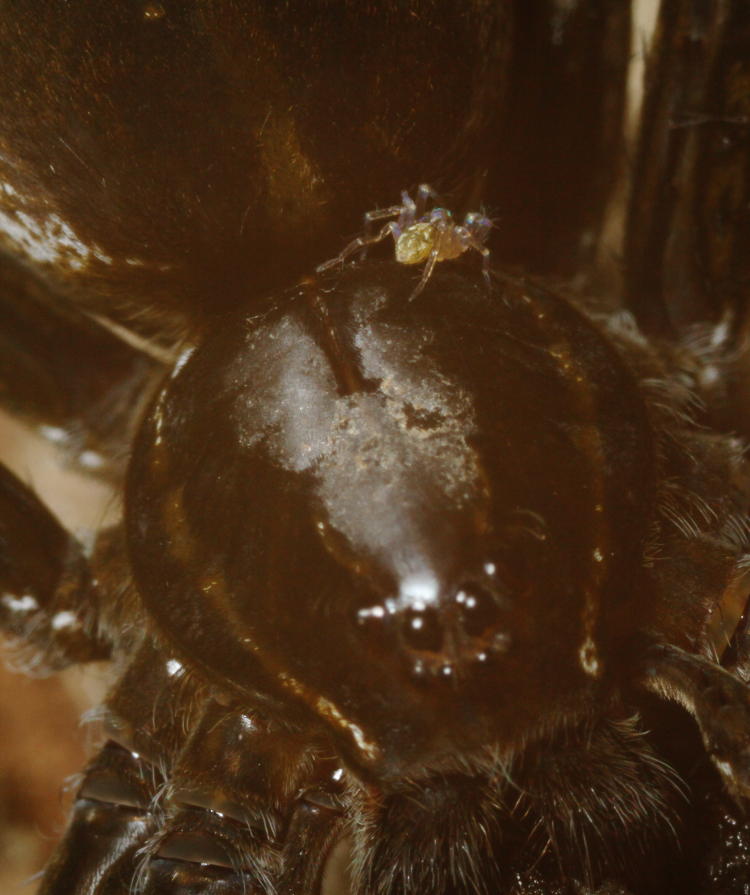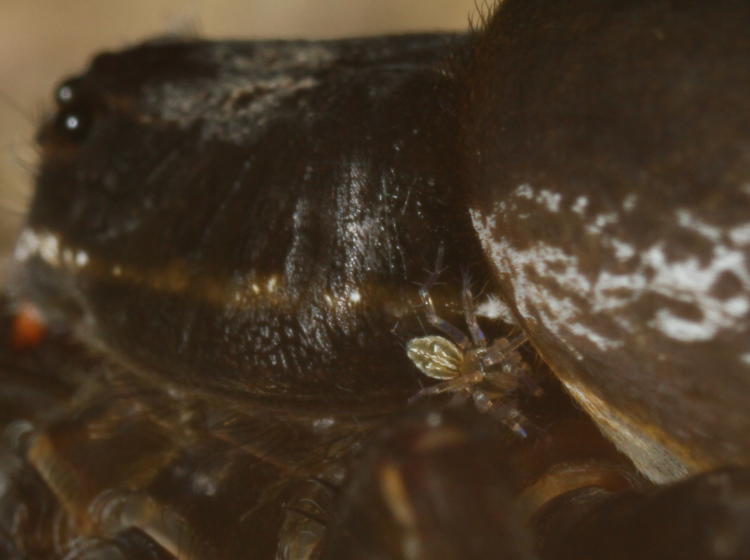
It’s funny – just a couple of days ago, I realized that I hadn’t posted anything since the previous On This Date post, and was worried about that. Guess I filled in the gap…
Anyway, our first entry is from 2006, one of the few trips that I’ve taken to the Blue Ridge Mountains. This time, I was playing with infra-red photography with the Canon Pro-90. It didn’t originally look like this, however; the in-camera effect is monochrome in the faintly purplish range, and much lower contrast, so this has been altered, playing with the color registers. I kinda like it.
By the way, see that shadow on the road? That’s a car passing during the one-second exposure necessary for infra-red. If you look even closer, right at the height of the road’s edge, you’ll see that it had its running lights on. Such composition!
Following, we have another trivial curiosity. All three of the images below were back-to-back in the spreadsheet that I created for this: 2008, 2012, and 2013, all from the Arthropods folders – just, not the same folder, because I have over 22,000 digital arthropod images. But still sequential when you start with the month and day…

Isn’t that veird?
I must also note that 2012 was easily the most productive when it came to arthropod images, because I amassed 6,693 for that year alone – and those are the keepers. Nary a bug in North Carolina went unphotographed…
Finally, we have an entry from just last year, which allows me to pin down exact dates of last year’s events, since I took this while my brother and I were doing a brief outing before putting him on a plane back up to New York.
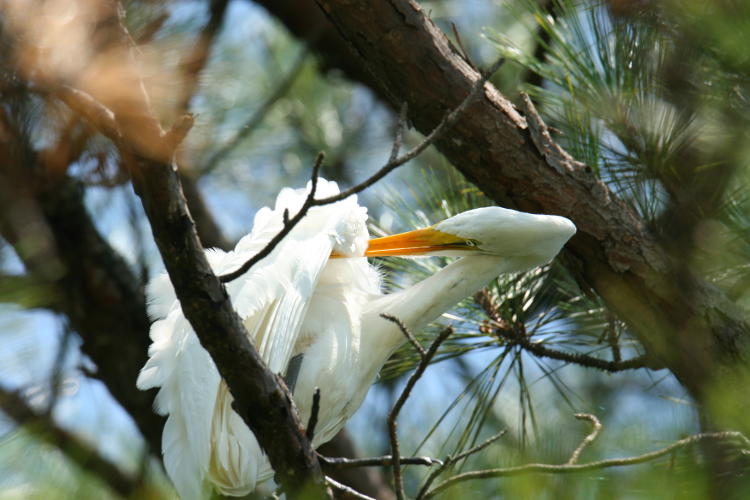
I’d done a vacation trip to Ohio and New York, and driven back down with my brother to enlist his help in painting the living room/stairs/upstairs hallway – due to the curious design of this house, they’re all contiguous, so it was a major job involving high walls and vaulted ceilings. The Girlfriend still enthuses over the improvement, so we’re good.
Oh, the pic? Yeah, it’s a great egret (Ardea alba) in a tree overhead, letting me get a lot of cool frames, among them this one. The birds are simply falling over themselves to have their pictures taken by me. Now, if I could only get them to think about the clutter, and perch in better locations…





















































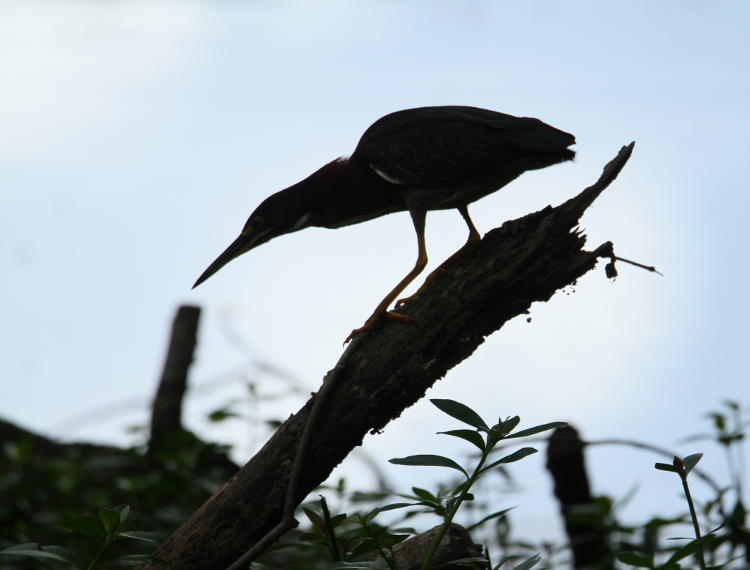



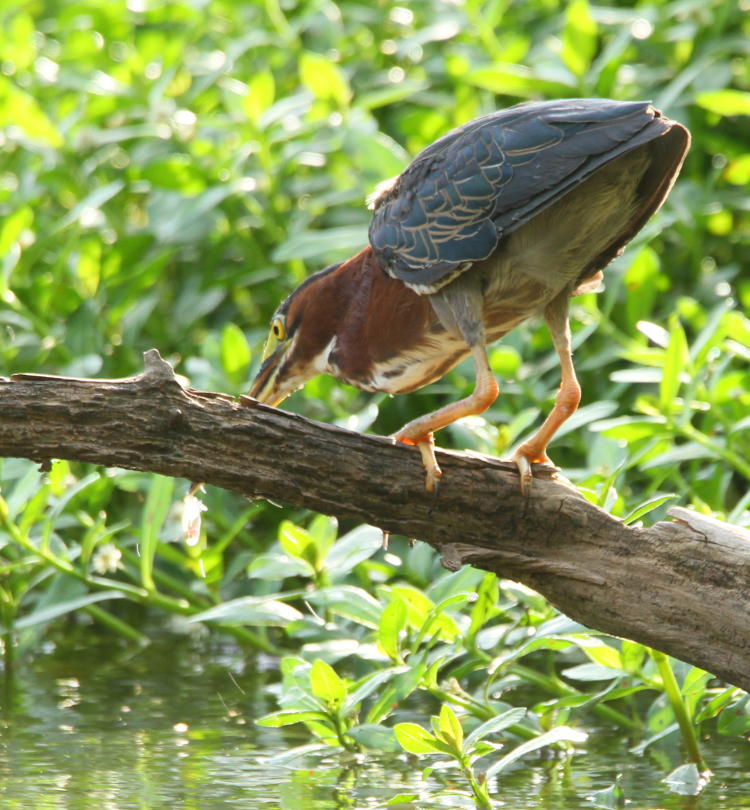
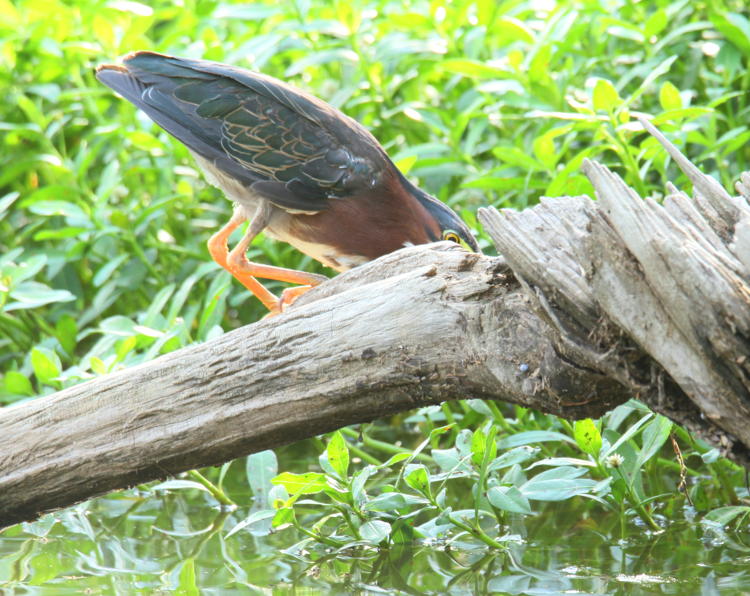
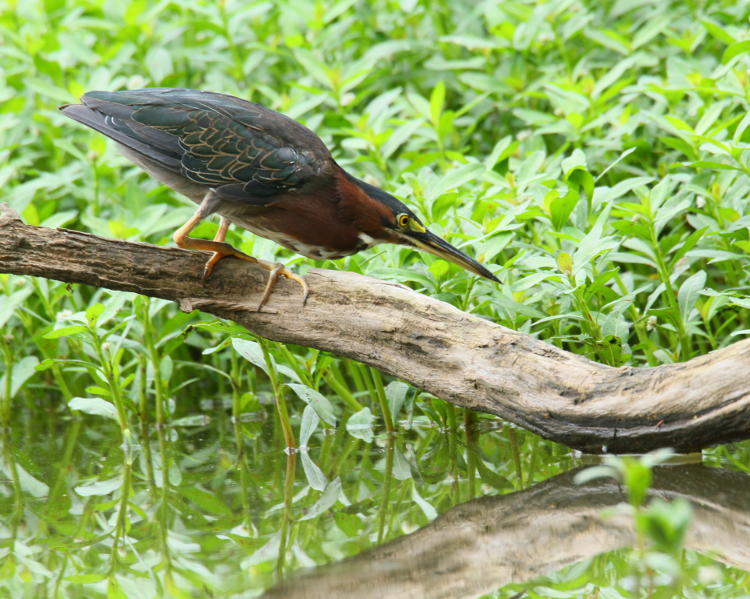
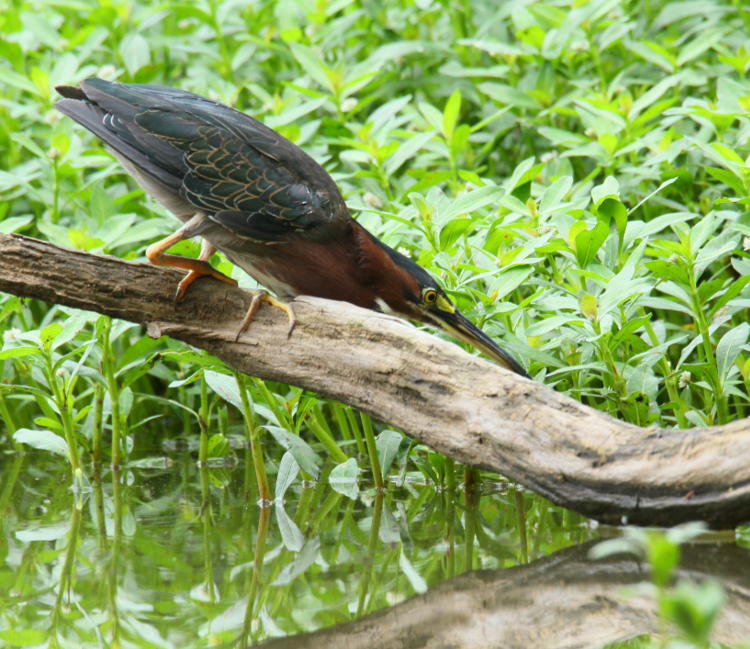
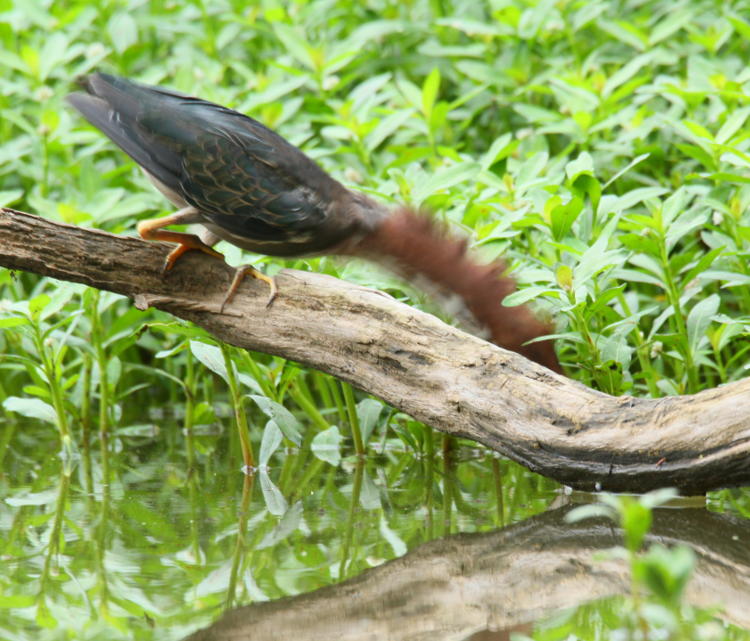
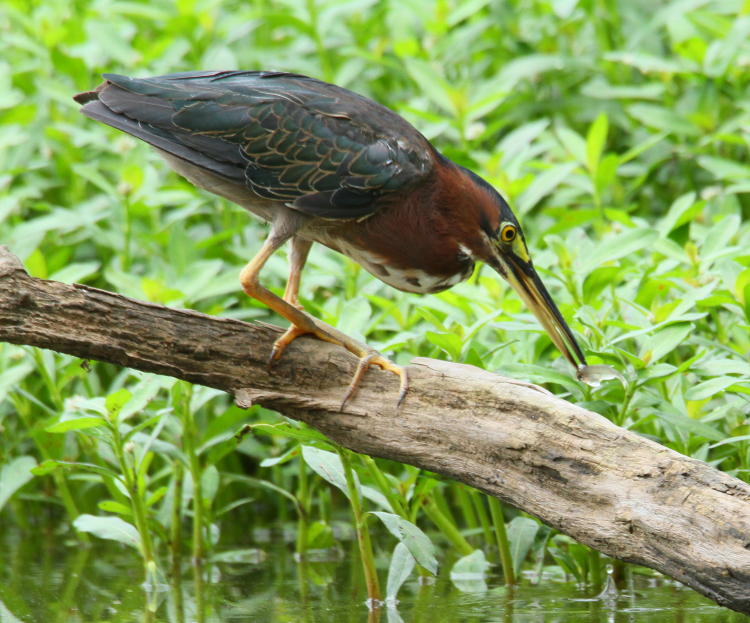

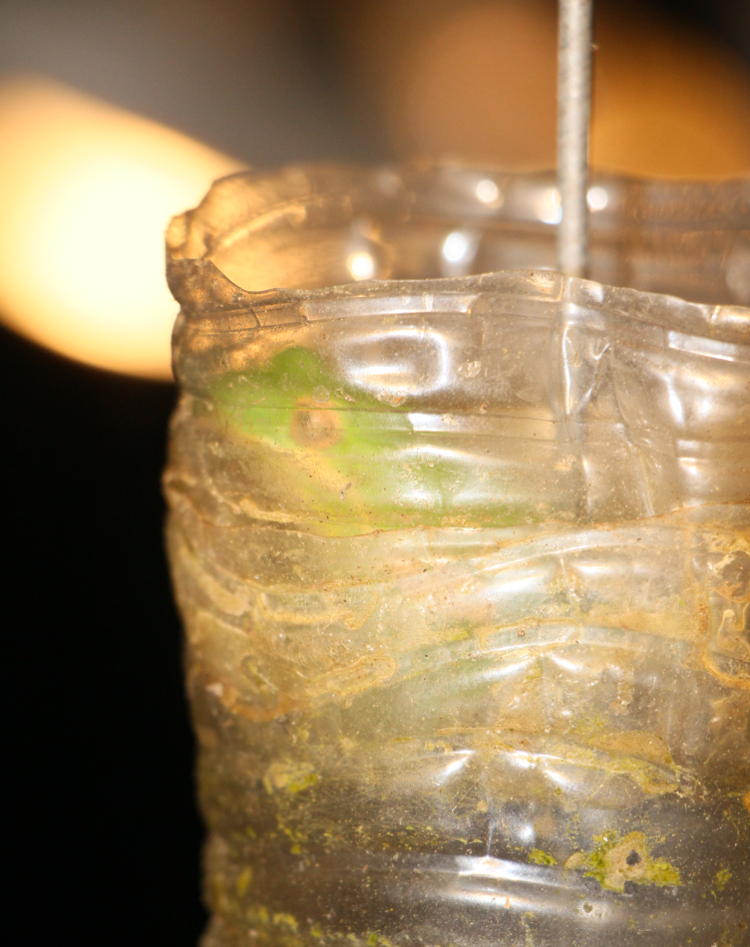
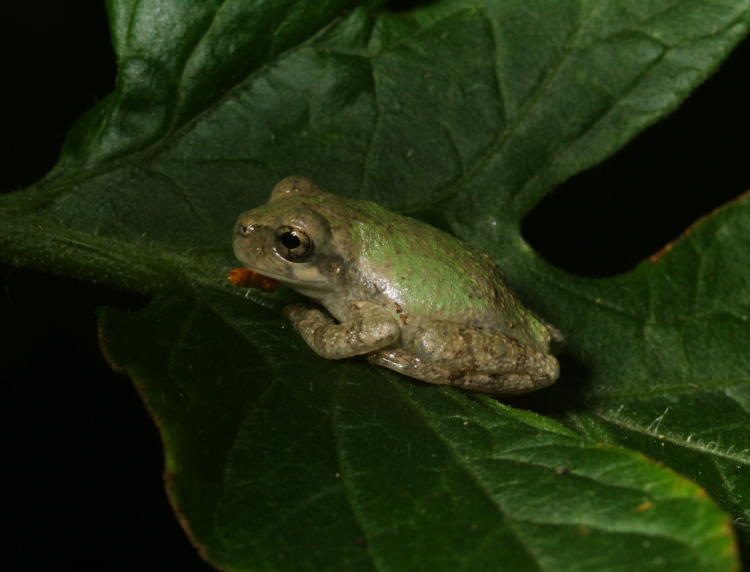
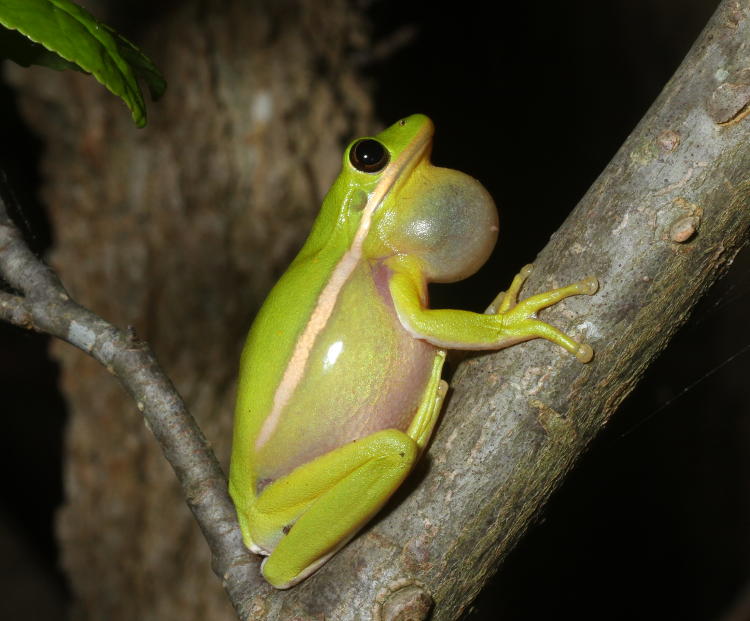

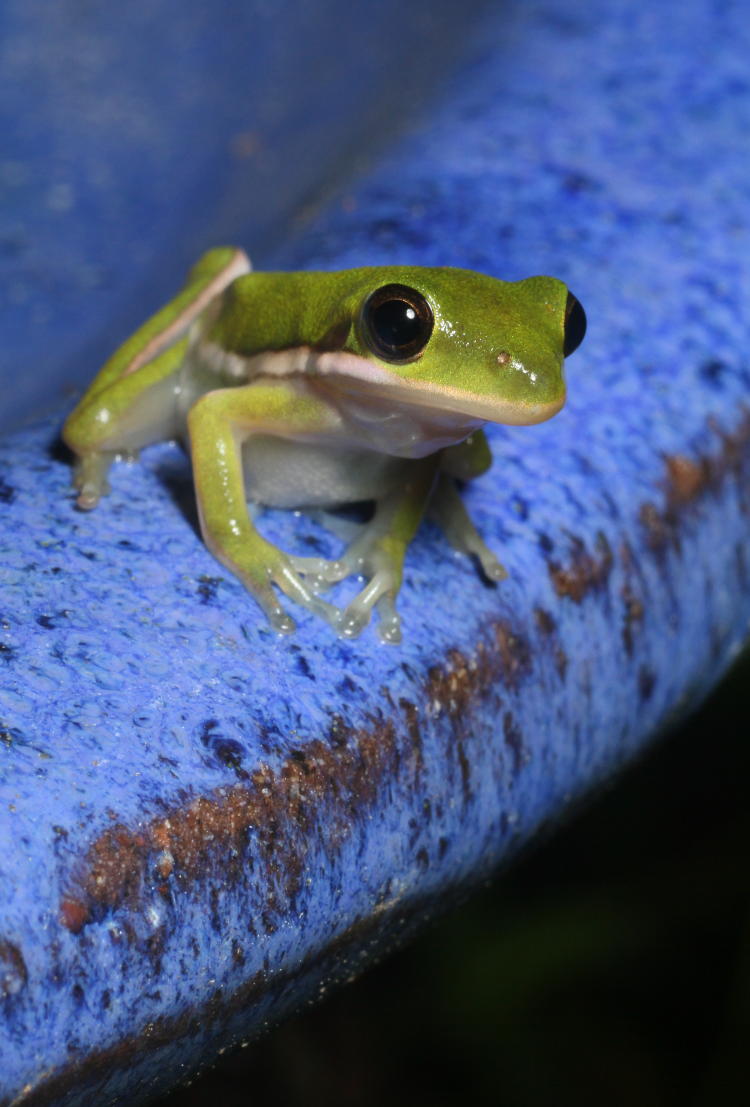

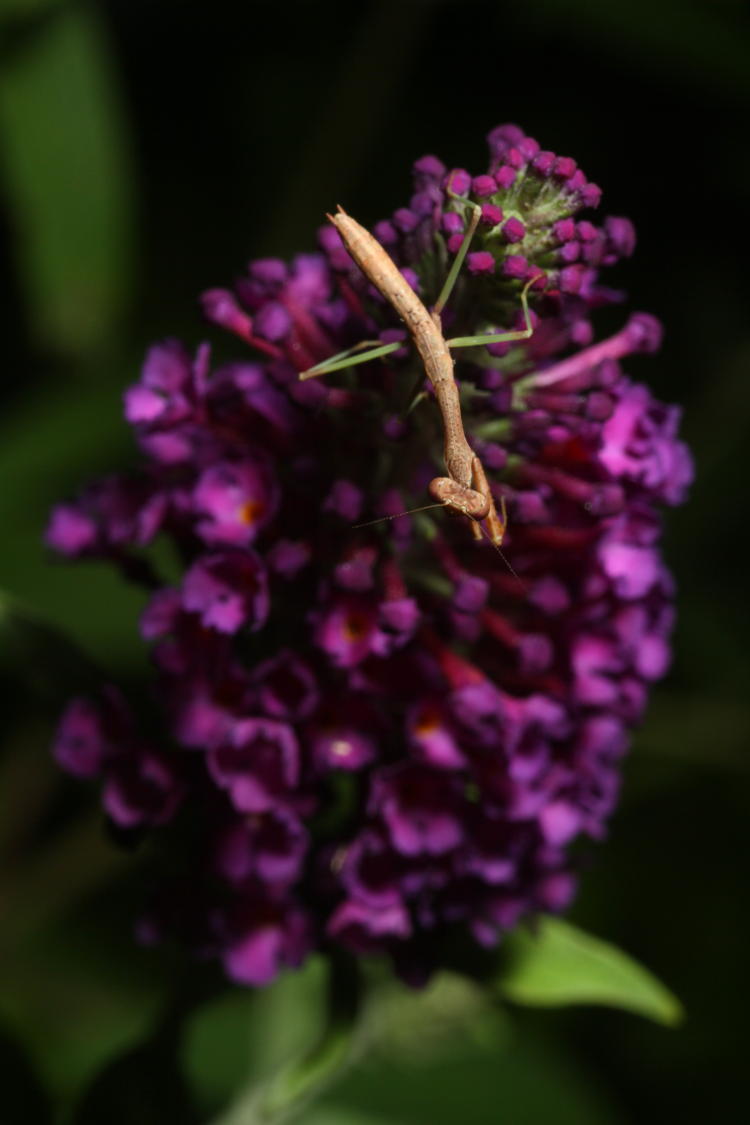
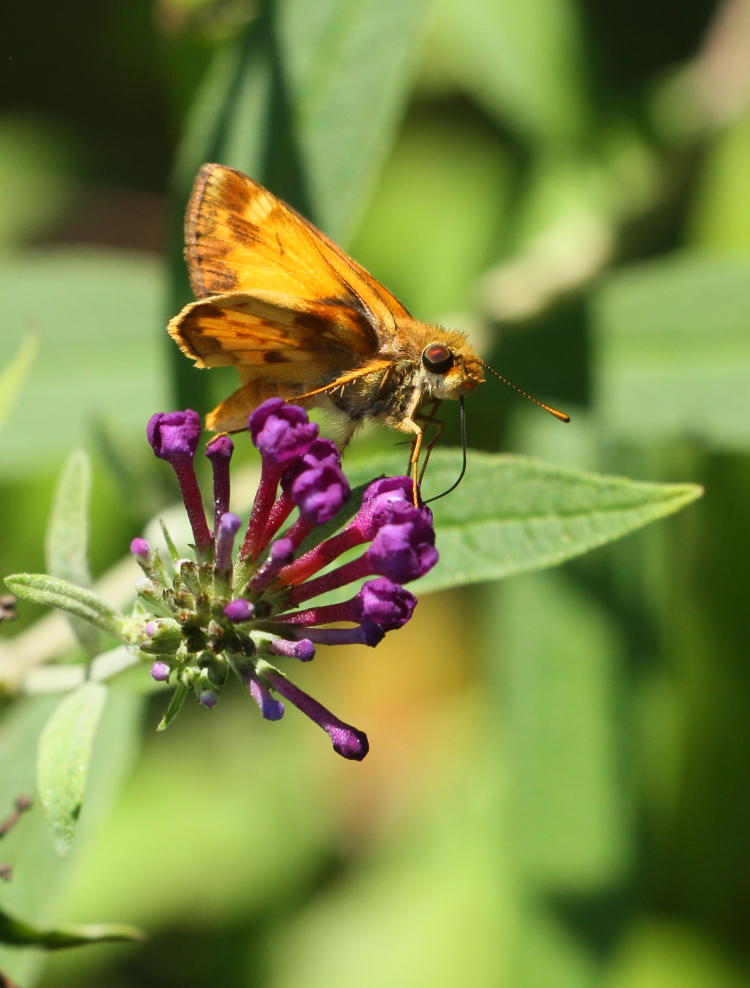
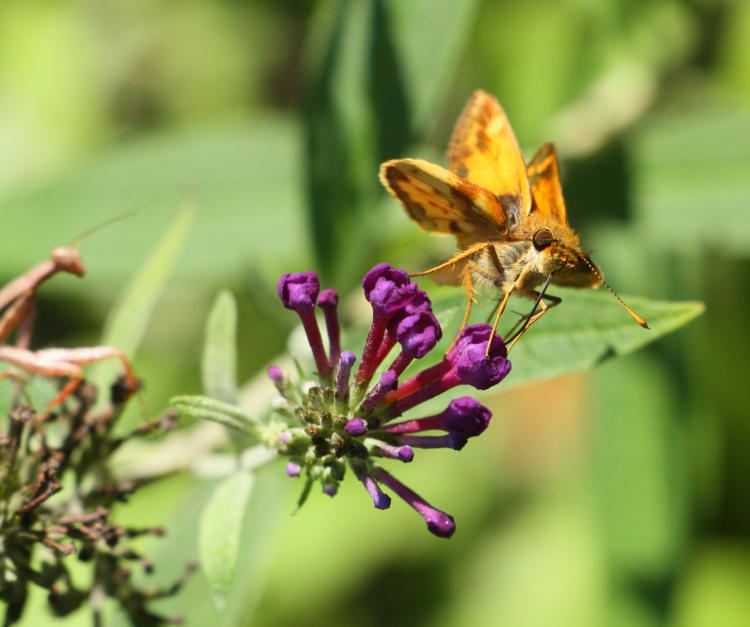
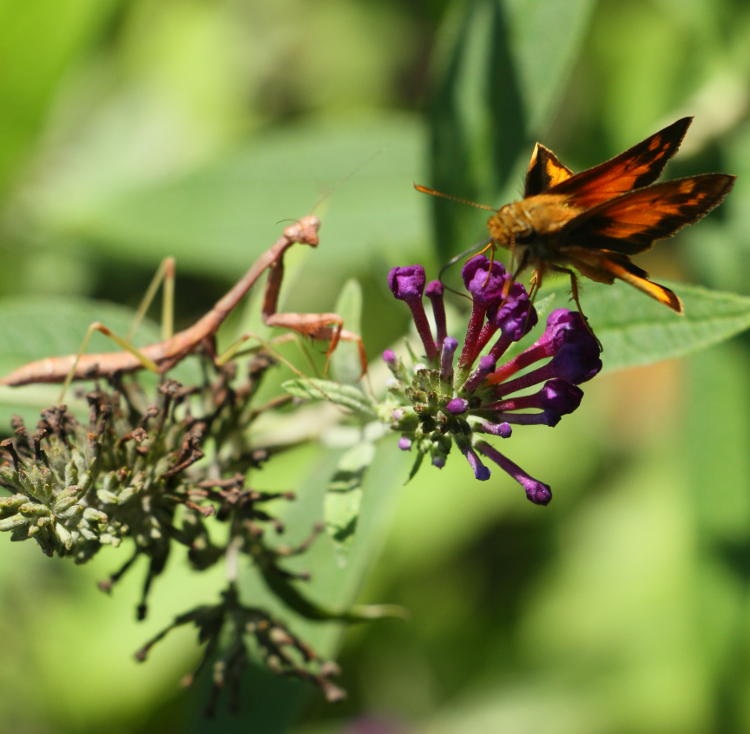

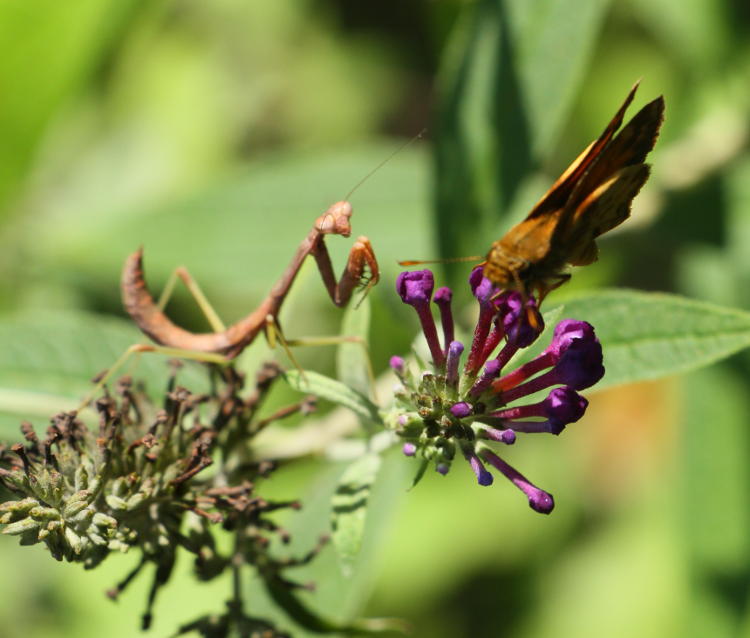
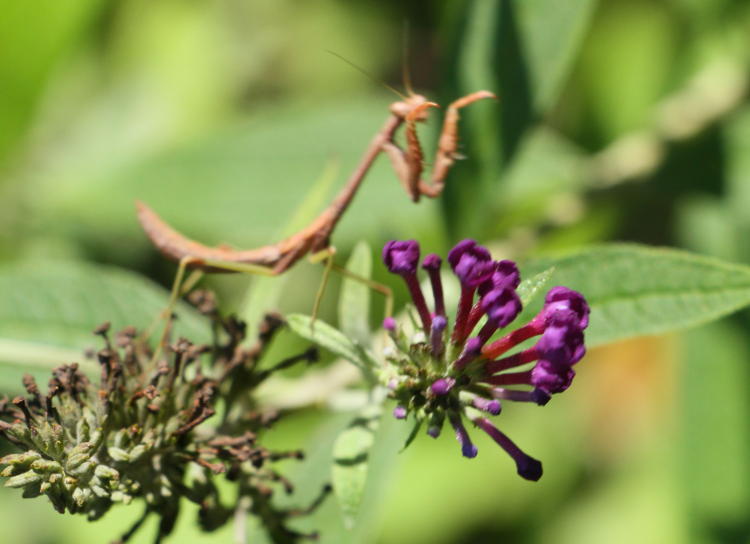
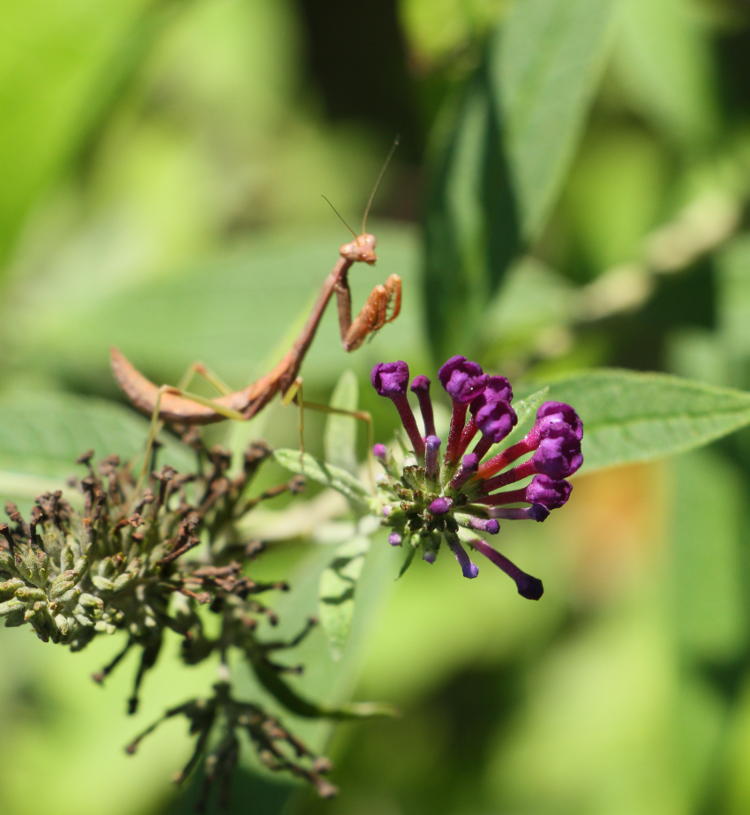
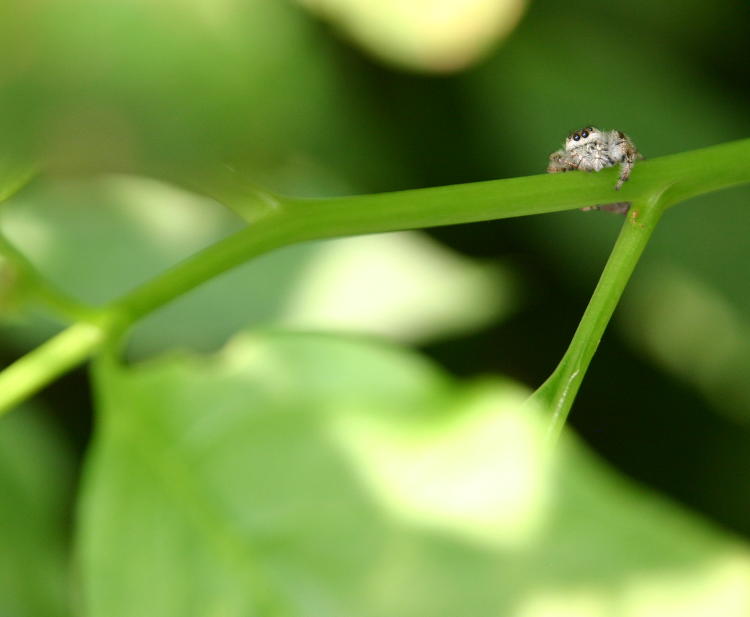

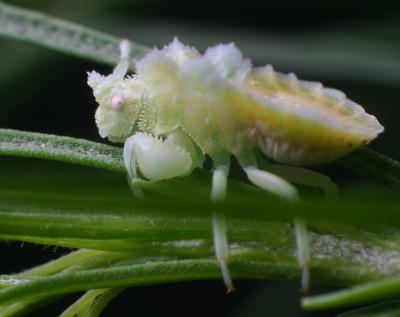 We have to have a callback in here, because you’ve seen this jagged ambush bug (Phymata)
We have to have a callback in here, because you’ve seen this jagged ambush bug (Phymata) 

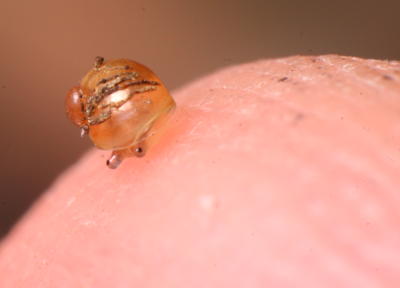 Yes, that’s my own fingertip over there to the right. This one’s so cute (the snail I mean,) it seems like it should have its own children’s book or animated special. Now, it may be hard to imagine what kind of adventures a snail could get up to, but then again, the same might have been said about a freaking sponge, so…
Yes, that’s my own fingertip over there to the right. This one’s so cute (the snail I mean,) it seems like it should have its own children’s book or animated special. Now, it may be hard to imagine what kind of adventures a snail could get up to, but then again, the same might have been said about a freaking sponge, so…